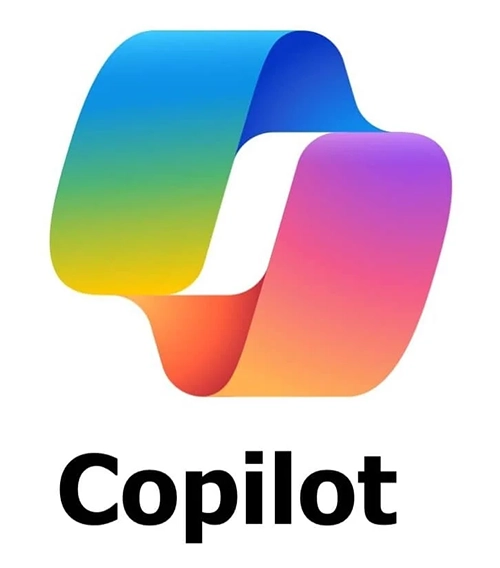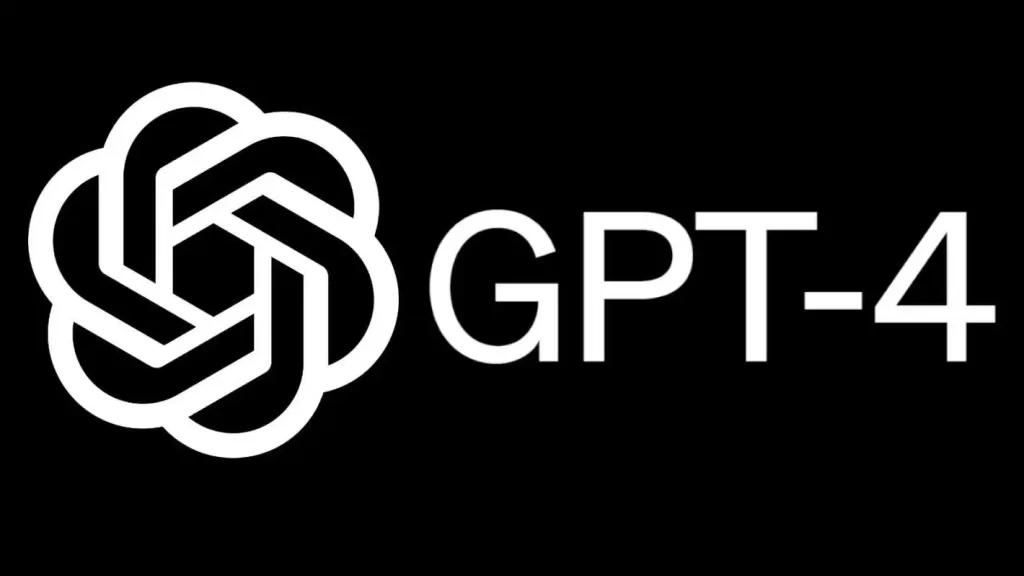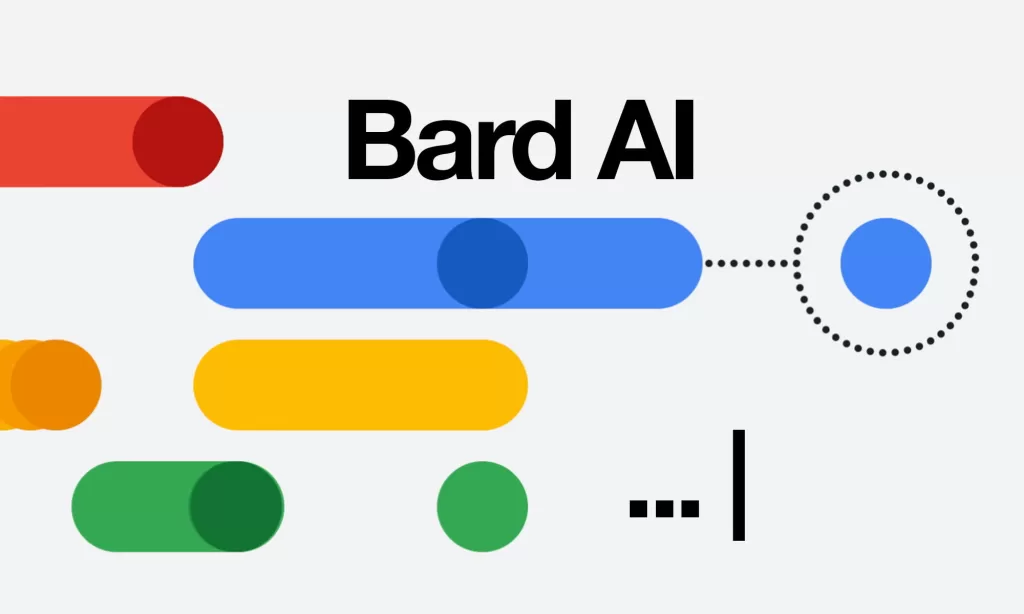Artificial Intelligence has become an indispensable tool for conducting research, offering diverse capabilities that make information gathering and analysis more efficient. This guide compares several popular AI models in terms of their strengths and weaknesses when it comes to asking questions and performing research.

Microsoft Copilot
Overview:
Microsoft Copilot is designed to be a conversational and engagier AI companion, capable of providing detailed and well-structured Responses. Its primary goal is to enhance user interactions by offering relevant and contextual information.
Strengths:
Conversational Style: Microsoft Copilot excels in maintaining a natural and engaging conversation. Its responses are designed to be informative while also being friendly and approachable.
Up-to-Date Information: By utilizing web searches, Copilot ensures that its answers are current and accurate.
Contextual Understanding: It leverages previous interactions to provide more relevant and personalized responses.
Wide Range of Topics: Whether it’s tech support, creative writing, or general knowledge, Copilot can handle a variety of subjects.
Weaknesses:
Limited Task Execution: While Copilot can provide extensive information and support, it is limited to the tools provided and cannot perform complex tasks beyond conversational interactions.
No Physical Interaction: Unlike some AI models that integrate with hardware, Copilot is purely conversational.
Example Use Case:
A researcher needing information on the latest advancements in renewable energy can ask Copilot for a detailed overview, including recent studies, key technologies, and future trends. Copilot’s ability to provide up-to-date and contextual information makes it an invaluable resource.

OpenAI GPT-4
Overview:
GPT-4, developed by OpenAI, is known for its advanced language generation capabilities. It is highly versatile and can handle a wide range of topics, making it a powerful tool for research.
Strengths:
Language Generation: GPT-4 can generate creative and nuanced responses, making it ideal for tasks that require detailed explanations or storytelling.
Versatility: It can cover a broad spectrum of subjects, from technical topics to casual conversations.
Large Knowledge Base: Trained on a diverse dataset, GPT-4 can provide insights on various topics, making it a comprehensive research tool.
Weaknesses:
Accuracy Concerns: Without careful guidance, GPT-4 may produce inaccurate or misleading information, which can be problematic for research purposes.
Ethical Considerations: The model can sometimes generate content that reflects biases present in the training data.
Example Use Case:
A content creator needing help with drafting a detailed article on the history of artificial intelligence can rely on GPT-4 to generate a well-researched and creatively written piece, complete with historical context and future predictions.

Google Bard
Overview:
Google Bard specializes in creative writing and poetry, leveraging Google’s extensive data to provide informed responses. It seamlessly integrates with other Google services, offering a cohesive user experience.
Strengths:
Creative Writing: Bard is exceptional in generating poetry and other forms of creative writing, making it a go-to for artistic endeavors.
Data Integration: It benefits from Google’s vast data resources, allowing it to provide well-informed responses.
Service Integration: The seamless integration with other Google services enhances its usability for research and information retrieval.
Weaknesses:
Specialization Limits: Bard may struggle with technical or highly specialized topics, which can limit its applicability for certain research areas.
Content Generation: While Bard excels in creative writing, it may not be as strong in generating technical or factual content.
Example Use Case:
A poet looking for inspiration can use Google Bard to generate poetic verses based on specific themes or prompts, helping to overcome writer’s block and spark creativity.

IBM Watson
Overview:
IBM Watson is renowned for its analytical capabilities and is widely used in business and healthcare research. It focuses on providing data-driven insights and robust analytical tools.
Strengths:
Analytical Power: Watson excels in data analysis, making it invaluable for research that requires complex data processing and interpretation.
Industry Application: It is particularly effective in sectors like healthcare and finance, where data-driven decision-making is critical.
Natural Language Processing: Watson’s advanced NLP capabilities enable it to understand and analyze large volumes of text data.
Weaknesses:
Complexity: Due to its advanced analytical capabilities, Watson can be complex to use and may require specialized knowledge to fully leverage its potential.
Cost: The use of IBM Watson can be expensive, which may be a barrier for small businesses or individual researchers.
Example Use Case:
A healthcare researcher can use IBM Watson to analyze patient data and identify patterns that could lead to new treatments or early detection of diseases. Watson’s ability to process and interpret vast amounts of data makes it a powerful tool for medical research.

Amazon Alexa
Overview:
Amazon Alexa is a widely-used virtual assistant known for its voice interaction capabilities. It is integrated into a range of smart devices, making it a convenient tool for hands-free information retrieval.
Strengths:
Voice Interaction: Alexa’s voice interaction feature allows for hands-free research, making it convenient for users on the go.
Smart Device Integration: Its integration with various smart devices enhances its utility for everyday tasks and research.
Skill Development: Alexa’s open platform allows developers to create custom skills, expanding its capabilities.
Weaknesses:
Limited Depth: While Alexa is excellent for quick information retrieval, it may lack the depth needed for comprehensive research.
Privacy Concerns: As a voice-activated device, there are potential privacy issues related to data collection and usage.
Example Use Case:
A busy professional can use Alexa to quickly retrieve information or set reminders while multitasking, making it a convenient tool for managing daily tasks and conducting quick research.
Conclusion
Each AI model offers unique advantages depending on your research needs. Microsoft Copilot stands out for its engaging and conversational approach, making it ideal for dynamic and interactive research. OpenAI GPT-4 excels in language generation and versatility, while Google Bard shines in creative writing and leveraging Google’s data. IBM Watson is the go-to for analytical power and industry-specific applications, whereas Amazon Alexa offers convenience through voice interaction and smart device integration.
In choosing the right AI model for your research, consider the specific requirements of your project and the strengths of each AI to find the best fit. With the right AI tool, you can enhance your research process and uncover insights more efficiently.


Leave a Reply